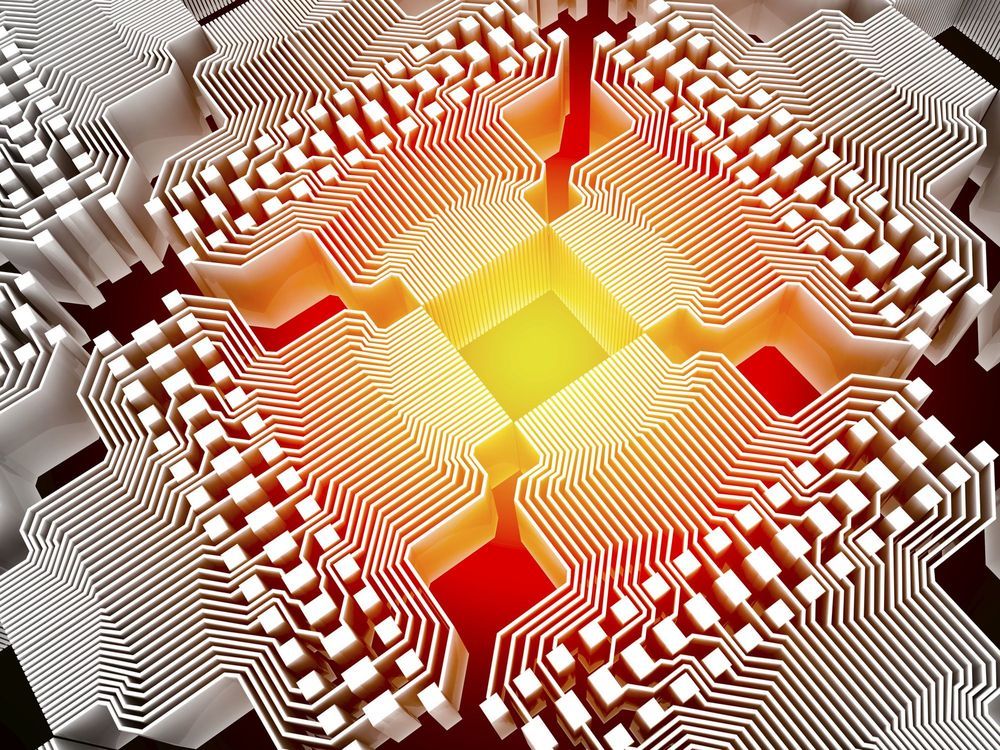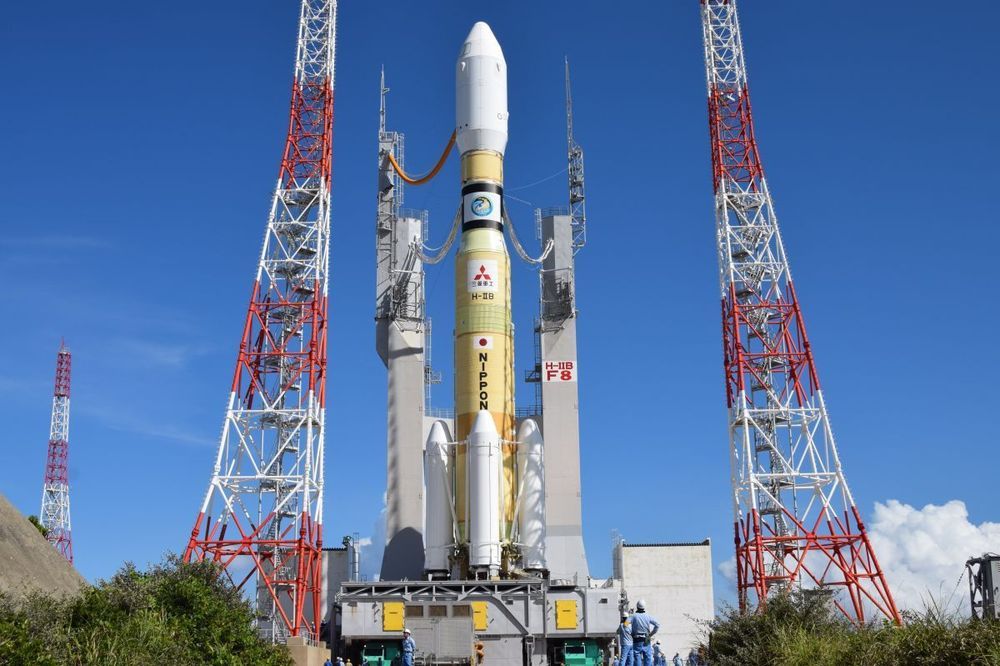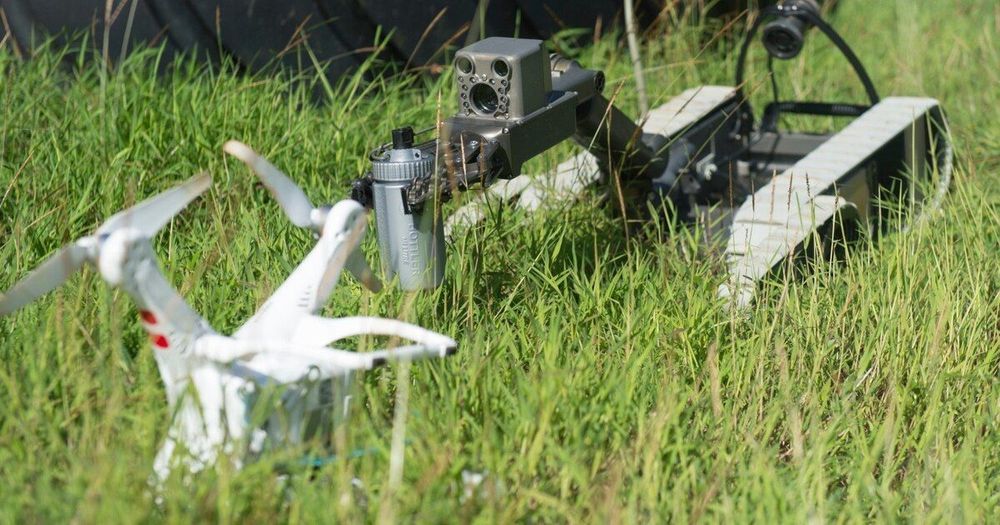Quantum Xchange uses quantum technology to guard encryption keys.
Q-CTRL, an Australian-based quantum computing software company that makes “quantum firmware,” on Tuesday announced a $15 million series A funding round led by Square Peg Capital. Sierra Ventures also participated in the round, joining existing investors Horizons Ventures, Main Sequence Ventures, and Sequoia Capital.
The primary purpose of the round, says founder and CEO Michael Biercuk, is to expand and grow the company. It currently has 25 employees and aims to double that number in the next 12 to 18 months. It’s also opening an office in Los Angeles where it hopes to add more employees and will expand its product offerings in the field of quantum sensing.
Biercuk is a professor at the University of Sydney and has been conducting research in quantum computing for over a decade. He’s particularly interested in combining the principles of control engineering to quantum computing and other systems such as quantum sensing.
Sept. 10 (UPI) — McDonald’s on Tuesday announced the acquisition of a company that will assist in automating its drive-through process.
The fast-food chain agreed to a deal to acquire Apprente, a California-based company that was founded in 2017 with a focus on creating voice-based platforms for “complex, multilingual, multi-accent and multi-item conversational ordering.”
McDonald’s said Apprente’s technology will be used to allow for faster, simpler and more accurate order taking at its drive-throughs and may later be incorporated into mobile ordering and kiosks.
Maybe of interest to this group.
The AI lab has also released a report to explain why it is releasing the model in increments.
Some lobsters aren’t meant for a roll.
That was the case for a rare two-toned lobster that was plucked recently from the icy waters off Stonington, Me., and which scientists say is a one-in-50 million find. The lobster, split from head to tail into halves of black and orange, was found in Penobscot Bay by Capt. Daryl Dunham when he was fishing in the coastal waters there, according to Patrick Shepard, a fishing scientist at the Maine Center for Coastal Fisheries.
The fisherman donated the male crustacean to the center, where it will live in rarefied company for a few weeks. The center already has three other unusual lobsters in its tanks, including a blue lobster, a one-in-two million find, and two calico lobsters, whose shells resemble a constellation of orange and black and which people who fish have a one-in-30 million chance of catching.
As hardware makers continue to work on ways of making wide-scale quantum computing a reality, a startup out of Australia that is building software to help reduce noise and errors on quantum computing machines has raised a round of funding to fuel its U.S. expansion.
Q-CTRL is designing firmware for computers and other machines (such as quantum sensors) that perform quantum calculations, firmware to identify the potential for errors to make the machines more resistant and able to stay working for longer (the Q in its name is a reference to qubits, the basic building block of quantum computing).
The startup is today announcing that it has raised $15 million, money that it plans to use to double its team (currently numbering 25) and set up shop on the West Coast, specifically Los Angeles.
On Monday, Rhode Island health officials reported that a resident had died after contracting the Eastern equine encephalitis (EEE) virus. The death marks the third fatality linked to EEE reported this year, and the second such case documented in less than a week.
The summer is winding down for many in the U.S., but this rare viral infection spread by mosquitoes is still claiming lives. Health officials first reported the resident’s case of EEE in late August, noting at the time that the person was in critical condition. It was the first case reported in Rhode Island since 2010. The resident, only disclosed to be in their 50s, died Sunday, making theirs the first EEE-related death documented in the state since 2007.
Update: JAXA and Mitsubishi Heavy Industries have postponed today’s launch of the HTV-8 cargo ship due to a fire near the mission’s H-IIB rocket’s launchpad.
An unpiloted Japanese supply ship will launch to the International Space Station today (Sept. 10) and you can watch it leave Earth live courtesy of NASA and the Japan Aerospace Exploration Agency (JAXA).
The robotic spacecraft HTV-8 (also known as Kounotori8) will launch toward the space station from the Tanegashima Space Center in southern Japan at 5:33 p.m. EDT (2133 GMT). It will be 6:33 a.m. local time Wednesday at the launch site. You can watch the launch live here and on Space.com’s homepage via NASA TV at 5 p.m. EDT (2100 GMT). JAXA is offering its own webcast here beginning at 5:07 p.m. EDT (2107 GMT).
A new opportunity would fund development of an AI framework to coordinate actions between a mix of machines on the battlefield.
The new Face Match technology isn’t everywhere yet, but it’s always looking. Find out what’s happening with your face data and what you can do to stop it.









